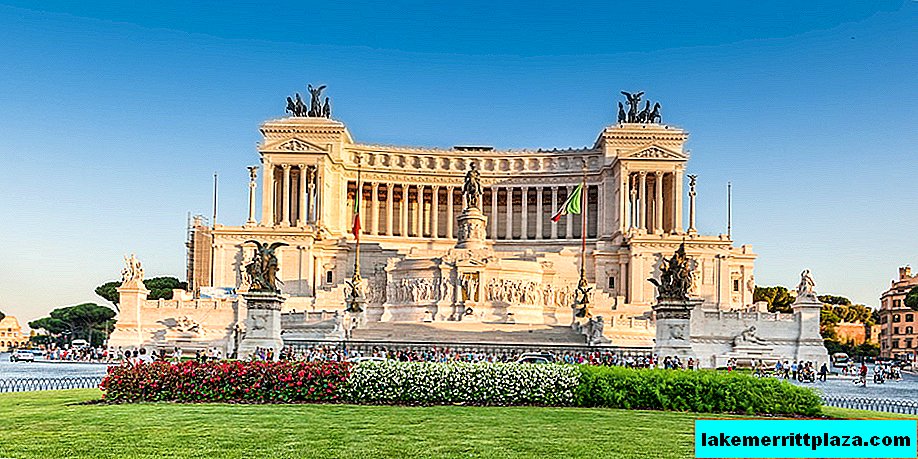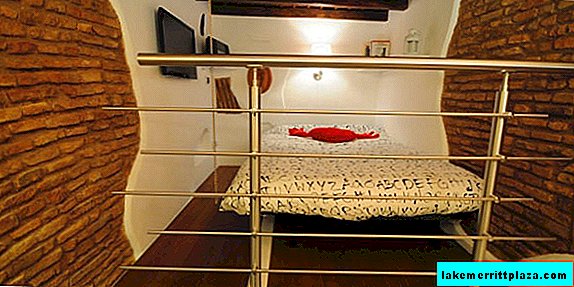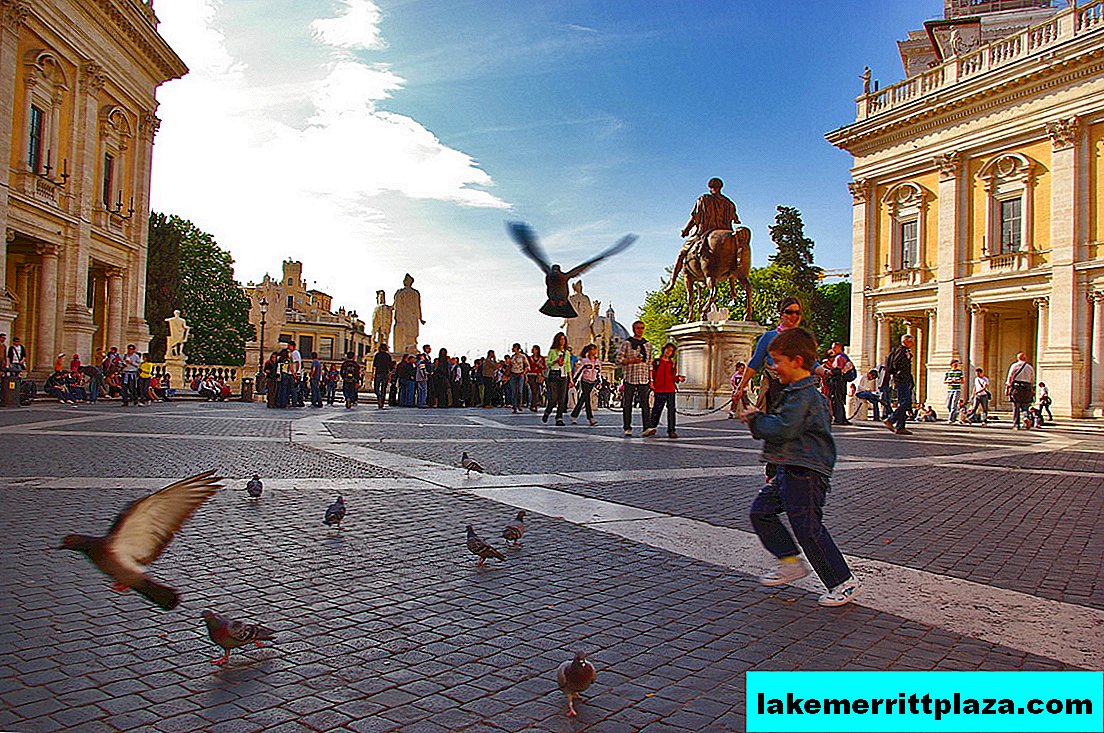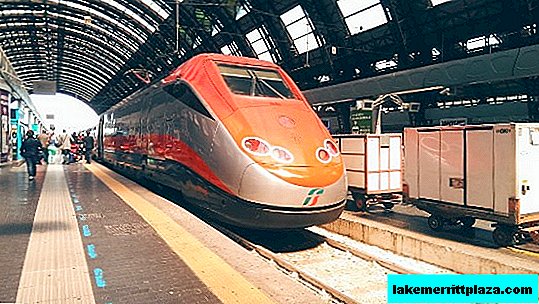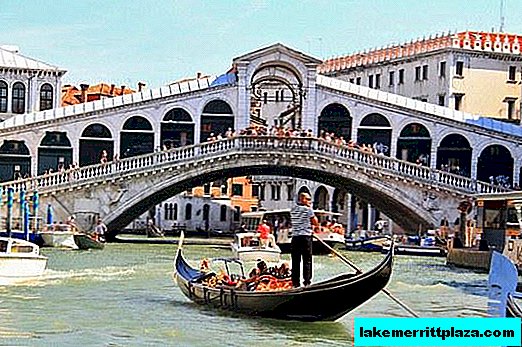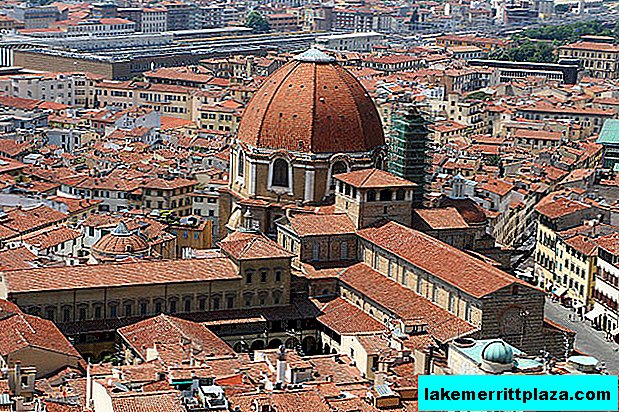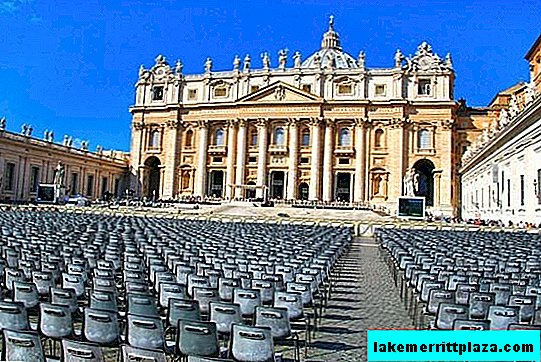On April 21, 2014, several hundred tourists located in the Roman Pantheon witnessed an astronomical phenomenon that can be observed only once a year: a ray of the sun passing through an opening in the dome illuminates the entrance to the ancient temple dedicated to the ancient Roman gods at exactly 12.00.
We arrived at the Pantheon half an hour before the alleged occurrence. A few minutes before 12 it was already obvious that the ray of sun did not have time to reach the entrance at the appointed time. We recently wrote about the Italian scientist Eugenio La Rocca, who revealed the secret and proved that the oculus (a nine-meter hole in the dome of the Pantheon) was used by the emperor Augustus instead of a theater spotlight. According to his research, at noon, on the birthday of Rome on April 21, Augustus entered the temple, which caused the delight of the servants, most of whom, of course, were unaware of the cunning astronomical calculations of the builders.
Eyewitness fact: on April 21, 2014 at 12.00 Italian time (UTC + 02: 00), a light spot remained a few meters before the entrance. We have forgotten that during the time of Emperor Hadrian there was no summer time yet.
However, everything fell into place exactly an hour later, apparently, there is a difference between astronomical time in Italy and Ancient Rome. Then we suggest that you follow the chronicle of events in our photo report.
5 minutes to 13.00
Everyone is waiting for a decisive moment.
Hooray!
But the enjoyment of the astronomical miracle was short. At 13:00 they announced that the Pantheon was closing, and began to politely kick everyone out. Usually it works until 19.00, but due to the holidays, the time for visits was reduced.
And the light actually falls very beautifully and right on target.

A serious traffic jam formed at the exit, as a result of mass insanity everyone rushed to photograph themselves.

The light was really magical.

We with the editor-in-chief of Italy for Me, Yana Yakutsevich, also could not help but remember the photograph.

At the entrance to the Pantheon there was a huge disappointed crowd of people who did not have time to enter.

At 13:15, the huge doors closed, the show ended.

It remained a mystery to me why on such an important day the temple administration was so dismissive of thousands who wanted to look at a unique phenomenon. However, this is Italy, no one will work more than necessary here, especially on holidays.


